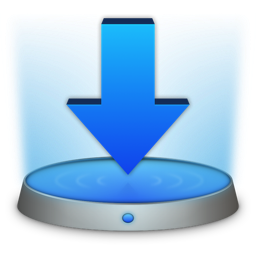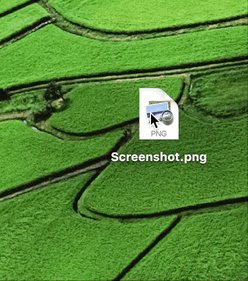What’s Yoink?
Yoink is an app for Mac, iPad and iPhone that speeds up your daily workflow by simplifying and improving drag and drop.
It accepts almost anything you can drag and stores it for you for later use, like a shelf to temporarily “hold something” for you.
Yoink for Mac Update + SALE (25% off!)
Yoink v3.4.2, available now on the Mac App Store, is a minor maintenance update recommended to everyone using the app.
The update brings improved compatibility with Firefox, Sketch and upcoming versions of Safari, as well as more reliable fetching of favicons (in, where possible, higher resolution) for URLs saved in Yoink.
As I’m sponsoring this week’s AppStories Podcast Episode, Yoink for Mac is – for the entirety of the week – on sale, about 25% off its regular price!
Links:
Yoink for Mac Website (with a free, 15-day trial)
Yoink for Mac Usage Tips
Yoink on the Mac App Store (25% off for the week)
Yoink for iPad and iPhone Update
Yoink v1.1.1, available now on the App Store, is also a maintenance update, albeit a larger one.
Among the more than 30 changes, improvements, bug fixes and new features in this update, version 1.1.1 brings:
– Live monitoring of your clipboard when used in Side-by-Side or Slide-Over mode
– Yoink’s Today Widget now offers a way to access all of Yoink’s items, instead of only the 3 most recent ones
– Improvements for item previews
– Downloads now show their progress in percent
– Improved reliability of all of Yoink’s extensions (the keyboard, Today Widget, Action/Share extension and File Provider)
– Fixed many (more or less rare) crashes in Yoink and its extensions
Links:
Yoink for iPad and iPhone Website
Yoink for iPad and iPhone Usage Tips
Yoink on the App Store
Video of Yoink’s new “live clipboard observer”
#Yoink for #iOS‘ new “live clipboard observer” in action, when used in side-by-side or slide-over mode pic.twitter.com/vxpEF7t24i
— Yoink for Mac & iOS (@YoinkApp) March 13, 2018
Video of Yoink’s updated Today Widget
#Yoink for #iOS‘ Today Widget now allows you to browse through all of Yoink’s stored items pic.twitter.com/xVwTc9vUmA
— Yoink for Mac & iOS (@YoinkApp) March 13, 2018

– – – Do you enjoy my blog and/or my software? – – –
Stay up-to-date on all things Eternal Storms Software and join my low-frequency newsletter (one mail a month at most).
Thank you 🙂


